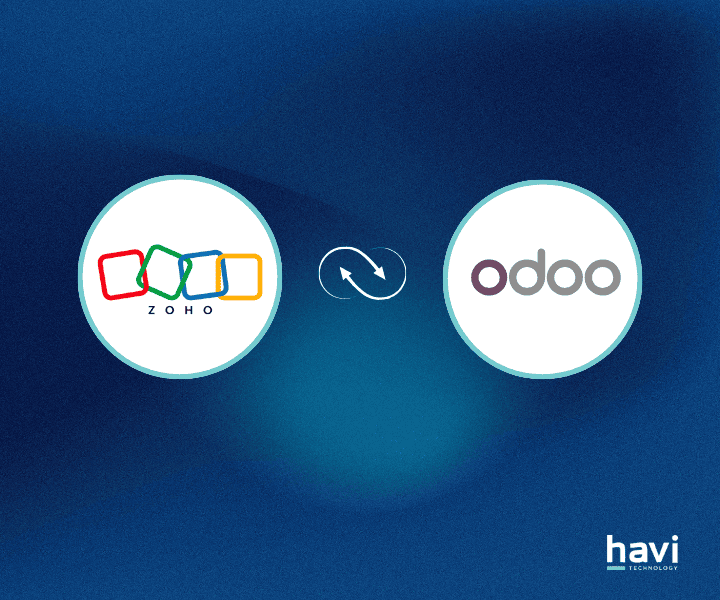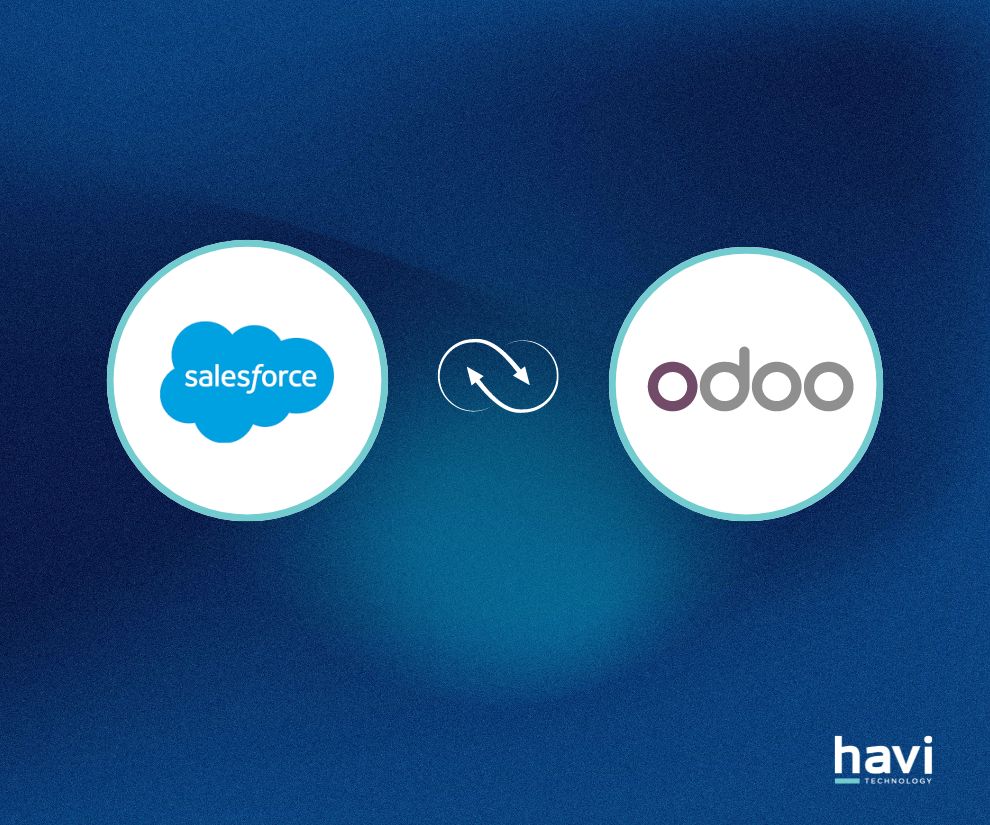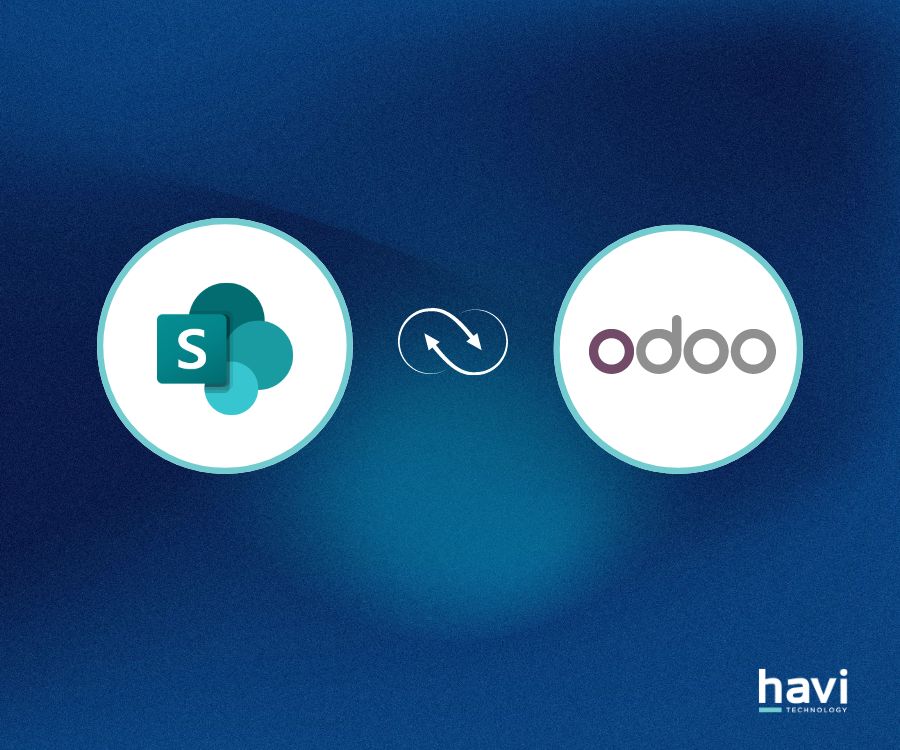TABLE OF CONTENTS
- 1. Website and Customer Experience
- 1.1. Website & eCommerce: Guided Onboarding, New Templates, Google Merchant Sync
- 1.2 Live Chat and Discuss: Expertise Routing, Chat Insights, Status Controls
- 2. Sales, CRM and Subscriptions
- 2.1 Sales: Editable Optional Products, Catalogue Sections, Portal Top-Up
- 2.2. CRM and Marketing: AI Probability, Lead Sources, Kanban Linking
- 2.3. Subscriptions: Prorated Billing, One-Time Sales, Portal Edits
- 3. Inventory, Purchase and Barcode
- 3.1. Inventory and Purchase: Packages within Packages, Forecasted Reports, Suggested Quantity to Replenish
- 3.2. Barcode: Operation Descriptions, Product Source Location, Lot and Serial Number Properties
- 4. Manufacturing, Shop Floor & Planning
- 4.1. MRP: Gantt View, Editable Deadlines, Labour-Based Valuation
- 4.2. Shop Floor & Planning: Barcode Workflows, Shift Scheduling, Routing Edits
- 5. Project, Timesheets and Services
- 5.1. Project and Timesheet: Smart Assign, Mobile Grid View, Priority Alerts
- 5.2. Field Service and Appointments: Calendar View, Technician Tracking, Mass Planning
- 6. HR, Payroll and Expenses
- 6.1. Payroll: Redesigned Engine, Payslip Correction, Unified Master Report
- 6.2. Time Off and Expenses: Odoo Master Cards, Multi-Expense Submission, Complex Duration
- 7. Accounting, Compliance and ESG
- 7.1. Accounting: Peppol Invoicing, Bank Sync, BAS Reports
- 7.2. ESG App: Scope 1–3 Emissions, CSRD Reporting, Auto Category Mapping
- 8. AI, Documents and Sign
- 8.1. AI App: Prompt Commands, Auto Field Completion, Voice and Web Search
- 8.2. Sign and Documents: Bulk Signing, Chatter Integration, Access Controls
- Odoo 19: What’s Coming For Australia?
- 1. Fully compliant Payroll AU with STP Phase 2 and SuperStream
- 2. ABA file payments, Direct Debit for wages/super
- 3. Multi-stream YTD import, backpay, and validations
- 4. 2025–26 tax rules, STSL changes, ATO security
- 5. Peppol invoicing, GST toggle, fringe benefits, BAS automation
- 6. Tyro integration
- 7. Roadmap: SBR BAS lodging, Open Banking, PEL Access, Fiduciary Program
- Odoo 19’s FAQs For Australian Teams
- 1. How should Australian businesses prepare?
- 2. How is Odoo 19 different from Odoo 18 in Australia?
- 3. How can AI in Odoo 19 be tailored for real business outcomes?
- 4. How can I try Odoo 19 or upgrade from my current version?





Odoo MYOB integration is the process of synchronising core business and financial data between Odoo - a modular ERP system built for scalable operations - and MYOB, one of the most established accounting platforms among Australian SMEs. Unlike basic connector setups, this integration enables real-time interoperability between finance, sales, procurement, and compliance workflows, supporting Australian-specific regulatory structures like GST and BAS.
At Havi, we’ve seen a steady rise in clients combining these platforms to bridge operational gaps, particularly in industries where MYOB remains entrenched, but where Odoo drives inventory or project visibility. This trend aligns with CPA Australia's findings on digital transformation: their report highlights the limitations of legacy systems, noting that they often struggle with interoperability and become increasingly costly to maintain. The report encourages establishing a digital foundation to improve efficiency and streamline data handling, objectives that align closely with what Odoo-MYOB integration delivers.
This article explores the key benefits of Odoo-MYOB integration, what data can be synced (from customers to tax rules), and how to prepare your business and systems for a smooth rollout. In our supplementary analysis, we also examine how this compares to alternatives like Xero and when it makes sense to migrate entirely to Odoo Accounting for long-term efficiency.
Why Integrate Odoo with MYOB?
Australian businesses integrate Odoo with MYOB because it unifies their financial and operational data, eliminating inefficiencies and ensuring compliance in one connected system. In the Australian market, Odoo is often used to manage core operational processes such as sales, inventory, and procurement, while MYOB remains entrenched in accounting. Integration bridges the gap between these functions, aligning day-to-day transactions with accurate, audit-ready financial records. The result is a system that operates seamlessly across departments, without duplication or disjointed reporting.
The following image highlights the key benefits of Odoo and MYOB integration:
1. Why is this important for AU/NZ businesses?
It’s important because regulatory compliance and operational consistency are non-negotiable in Australia and New Zealand. Connecting Odoo with MYOB helps maintain compliance with ATO requirements for GST and BAS reporting, while eliminating the manual transfers and duplicated entries that often occur in disconnected systems. It enables businesses to maintain financial control and compliance without sacrificing agility across sales, inventory, and procurement.
2. How does integration streamline operations?
The integration streamlines operations by automating the sync of records and processes between systems, significantly reducing errors, delays, and labour costs. Odoo MYOB integration keeps financial data up to date in real time, eliminates redundant input, and enables automated workflows that connect sales, purchasing, inventory, and accounting into a single, efficient loop.
Understanding why integration matters is only part of the picture - knowing what can be integrated is just as critical. From customers and suppliers to tax configurations and purchase orders, the next section breaks down exactly which data sets flow between Odoo and MYOB - and why each one supports a more connected, compliant, and productive business environment.
What Data Can Be Integrated Between Odoo and MYOB?
Odoo-MYOB integration supports syncing core business and financial data across systems, ensuring operational efficiency, accurate reporting, and compliance for Australian businesses. This includes key entities such as customers, suppliers, products, financial accounts, and tax configurations, all of which contribute to a unified digital workflow.
The illustration below describes a breakdown of the essential data entities supported by the integration:
Knowing what data can be synced is only the beginning. To truly unlock the benefits of Odoo-MYOB integration, businesses need to approach the process with the right preparation, both technically and operationally. The next section outlines what to clarify, how to prepare internally, and how to select a qualified integration partner.
How to Prepare for a Successful Odoo MYOB Integration?
A successful Odoo-MYOB integration requires more than just deploying a connector - it starts with clearly defined systems, aligned teams, and the right strategic partner. Australian businesses that prepare effectively reduce errors, improve adoption, and ensure a smooth transition from manual silos to integrated operations.
The following picture wraps up the key actions in preparation for an Odoo MYOB integration:
1. What should you clarify before starting integration?
You need to clarify the technical scope and functional goals before any development begins. This includes verifying your MYOB version, understanding your Odoo environment, defining the direction of data sync, and assigning ownership of each data set between the platforms. These decisions directly shape how your integration will behave and scale.
Key areas include:
2. How can you ensure your business is ready?
Your business is ready when your internal data, processes, and teams are aligned and prepared for integration. This means standardising record formats, cleaning outdated data, aligning your chart of accounts across both systems, and ensuring all stakeholders - from finance to operations - understand how their workflows will be impacted.
3. What should you look for in an integration partner?
You should look for a partner with hands-on experience in both platforms, a strong track record in Australian regulatory environments, and the flexibility to tailor integration to your specific operational needs. An ideal partner doesn’t just implement - they collaborate, advise, and stay with you post-deployment.
4. Key questions to ask a potential partner
To choose wisely, ask direct, scenario-specific questions:
These questions ensure you’re working with a partner who is technically competent, operationally aware, and committed to your success beyond the initial implementation.
While Odoo-MYOB integration is powerful, it’s not your only option. Many Australian businesses also consider other accounting or payroll tools based on their unique workflows and industry needs. In the next section, we compare alternative integrations like Xero and Employment Hero, and where they might make more sense.
What Other Tools Can Be Integrated with Odoo for AU Businesses?
Beyond MYOB, Odoo integrates seamlessly with other widely adopted platforms in Australia, such as Xero for accounting and KeyPay/Employment Hero for payroll. These tools address key operational needs where MYOB may fall short, offering businesses greater flexibility, automation, and compliance capabilities across finance and HR. Understanding how these tools compare and complement Odoo helps Australian businesses build a cohesive, future-ready tech stack tailored to their workflows.
1. Xero vs MYOB Integration: Which Works Better with Odoo?
Xero is generally easier to integrate with Odoo due to its open API and flexible cloud architecture, making it a preferred choice for startups and SMEs needing quick, agile deployment. In contrast, MYOB is better suited for businesses already using its payroll and compliance functions, offering stronger alignment with ATO requirements but requiring a more structured setup.
Key takeaway:
If your business requires deep compliance alignment and already relies on MYOB for tax and payroll, an Odoo-MYOB integration delivers operational continuity. If you prefer agility and quick deployment, Odoo Xero integration may be more flexible. However, it’s important to explore its key features, limitations, and integration methods to assess if it meets your compliance and workflow requirements.
2. KeyPay or Employment Hero Payroll Integration with Odoo
KeyPay - now part of Employment Hero - provides a payroll engine that complements Odoo by handling STP Phase 2 compliance, award interpretation, and superannuation automation. Integrating this with Odoo ensures payroll journals align with your broader finance and project workflows.
Why it matters:
For businesses using Odoo to manage timesheets, projects, and HR records, integrating with Employment Hero ensures payroll and compliance processes are fully digitised without duplicating entries or risking reporting errors.
If you're currently using the Odoo Accounting module or considering replacing MYOB entirely, it's worth reviewing Odoo Accounting for Australian businesses, where we break down the core features, automation benefits, and how it supports compliance with GST and BAS.
By extending Odoo’s core ERP with strategic integrations like MYOB, Xero, or Employment Hero, Australian businesses can tailor a tech stack that ensures both operational control and regulatory compliance, without the cost or rigidity of legacy enterprise software.
While integrating tools like Xero or Employment Hero with Odoo enhances your tech stack, these are often tactical fixes. If scalability and financial control are core to your strategy, the next step is to consider whether full migration to Odoo Accounting is the smarter long-term move.
What If Your Business Outgrows MYOB?
If your business requires consolidated reporting, project-based financial control, or multi-entity scalability, continuing with MYOB may constrain growth. For Odoo users, moving accounting into the ERP itself eliminates platform dependency, simplifies reporting, and unlocks system-wide automation, making it a strategic upgrade, not just a financial one.
1. When to consider moving all accounting into Odoo
You should consider transitioning to full Odoo Accounting when:
This shift is especially relevant for businesses scaling beyond SME-level or managing complex supply chains.
2. The migration path: from MYOB to full Odoo Accounting
Transitioning from MYOB to Odoo follows a defined, strategic path:
Odoo becomes not just your operational system but the single source of financial truth, supporting growth, compliance, and control under one roof.
To better understand how the Odoo Sales and CRM applications contribute to this integrated model, explore the detailed workflows in our Odoo Sales case study and Odoo CRM guide for Australian teams.
If MYOB no longer supports your inventory and procurement growth, the Odoo Purchase module offers scalable procurement automation, supplier tracking, and full integration with Odoo’s accounting and inventory workflows.
To wrap up, Odoo MYOB integration enables Australian businesses to unify systems, automate reporting, and ensure local compliance. We’ve covered what can be synced, how to prepare, and when to transition. If you're evaluating your next move, book a consultation with Havi to explore how we can tailor Odoo to your business needs.
Reference: